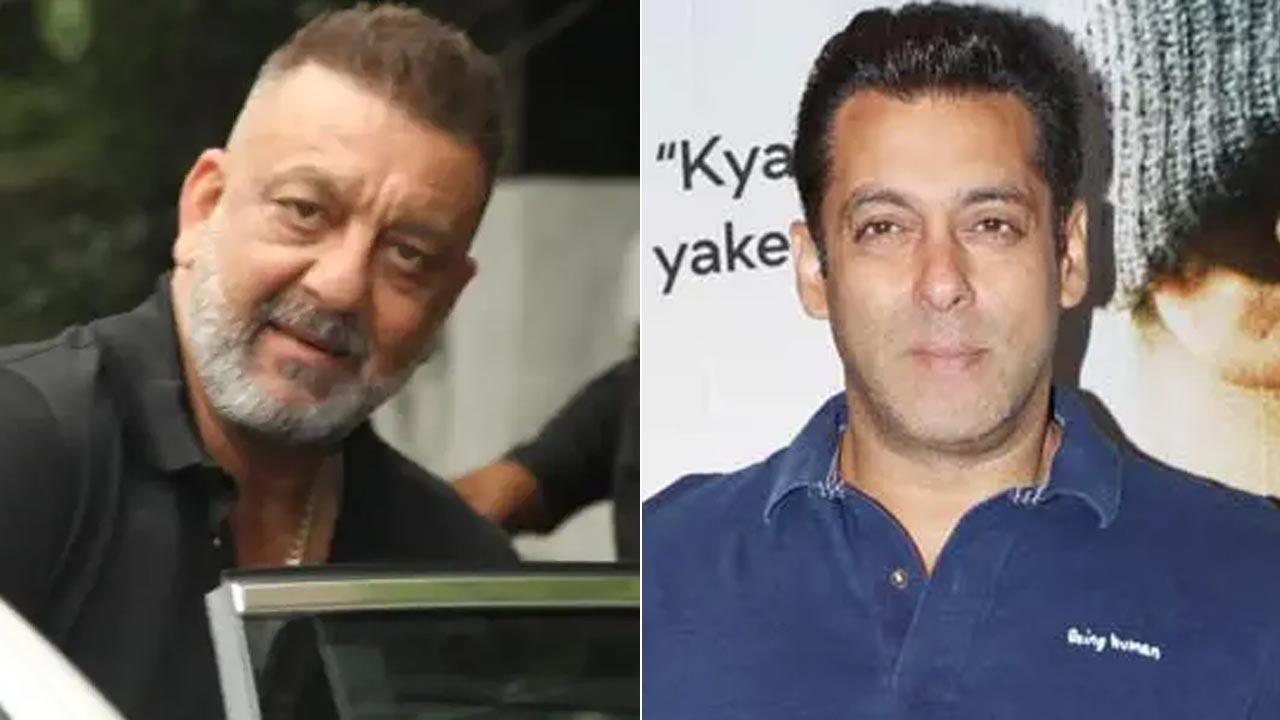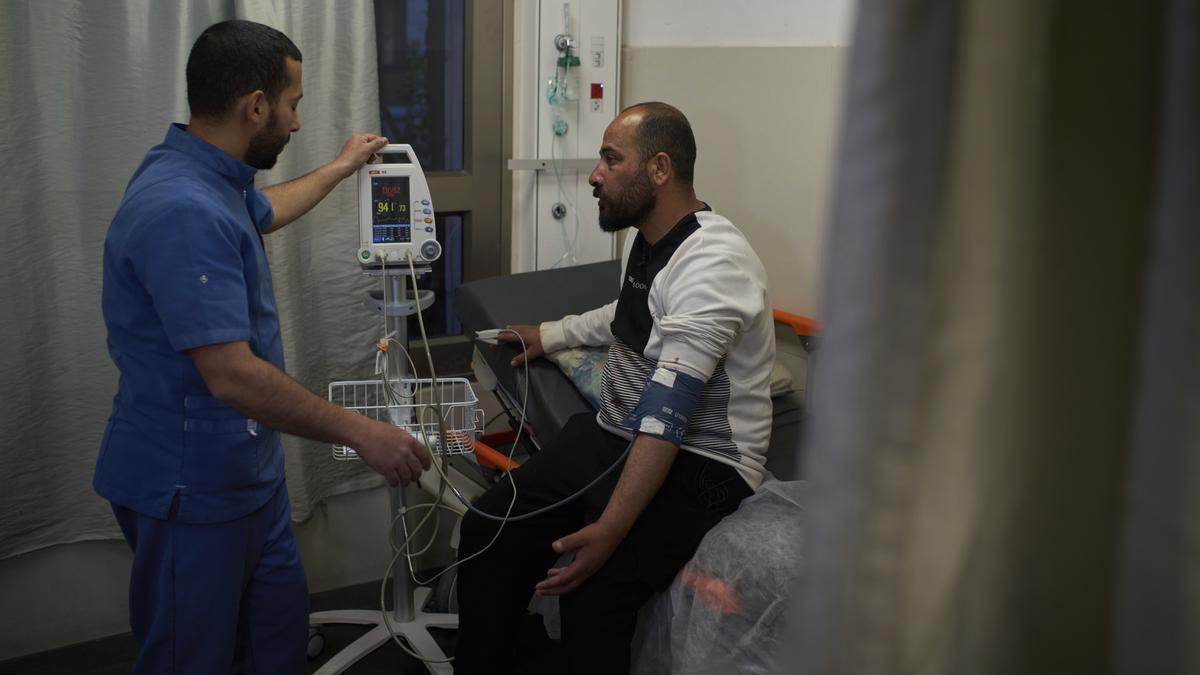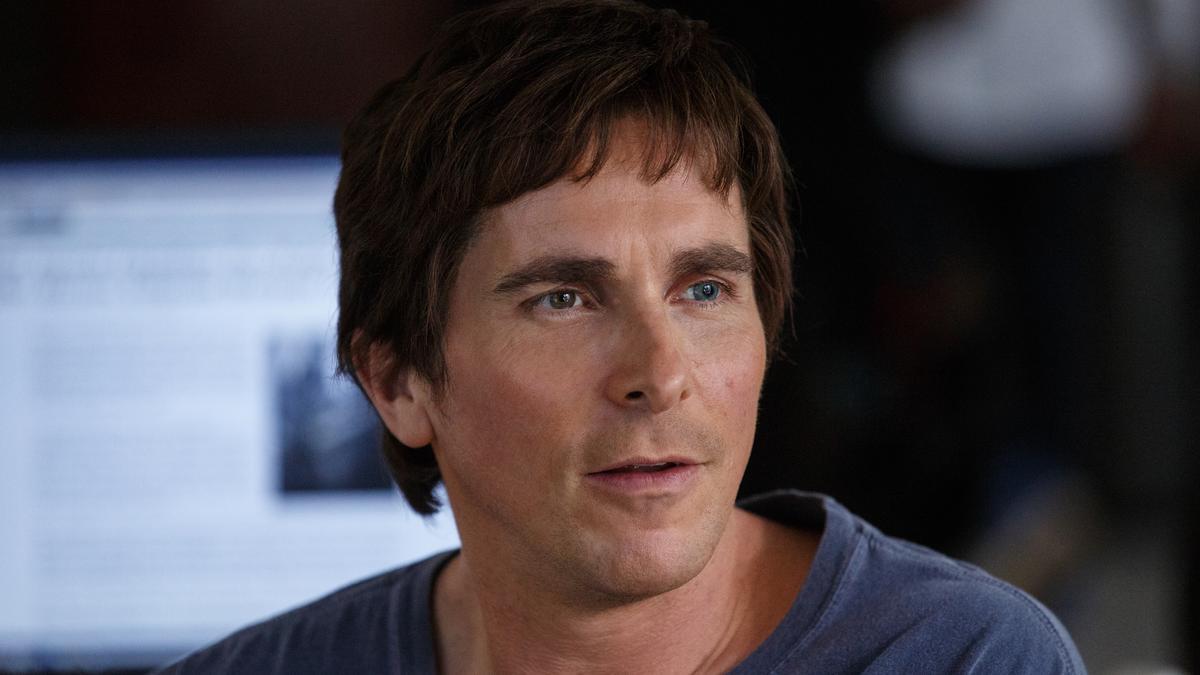
The ongoing saga surrounding the tragic on-set shooting that led to the death of cinematographer Halyna Hutchins took a significant turn as actor Alec Baldwin entered a not guilty plea to involuntary manslaughter charges. This legal development followed an indictment by a grand jury on January 19, as per court documents.
Alec Baldwin, known for his work on the television series “30 Rock,” among other notable performances, is now at the center of a legal battle sparked by the events that unfolded on the New Mexico set of the Western film “Rust.” It was during a rehearsal in October 2021 that a firearm Baldwin was using discharged a live round, fatally wounding Hutchins in the chest and injuring director Joel Souza in the shoulder.
The tragic incident stirred intense discussions about firearm safety protocols on movie sets and prompted a complex investigation to ascertain responsibility. In January 2023, Baldwin was initially charged in connection to the shooting. However, later findings suggested that the revolver’s hammer might have been modified to fire without pulling the trigger, and the charges were subsequently dropped.
Nonetheless, the narrative shifted once again following an independent forensic examination that concluded Baldwin must have pulled the trigger for the weapon to discharge the deadly round. This independent analysis paralleled findings from a previous FBI examination, reinforcing the premise that human action was necessary to trigger the firearm.
Baldwin has steadfastly maintained his innocence, repeatedly stating that he did not pull the trigger and denying accountability for Hutchins’s untimely death. Despite Baldwin’s assertions, the charges were reinstated, leading to the current plea of not guilty.
The gravity of the situation has not only affected those directly involved but has resonated throughout the film industry, raising questions about the responsibilities of actors with firearms and the adequacy of safety measures in place during production.
In a gesture that underscores his plea, Baldwin chose to waive his right to an arraignment, a legal move that allowed him to avoid appearing in person in the court. In an expression of the court’s acceptance of the waiver, he was permitted to remain free without the requirement of posting bond.
The legal proceedings have brought to the fore numerous factors that will be scrutinized in the coming months. Among these are the procedures followed by the film’s production team, Baldwin’s actions and responsibilities as both actor and producer, and the role of the crew responsible for the safety and maintenance of the firearms used during filming.
One aspect that is not under dispute is the loss of life that occurred. Hutchins, whose work had been celebrated within the cinematographic community, leaves behind a legacy cut short and a family grappling with their grief.
As the case prepares to move forward, the forthcoming legal processes will undoubtedly remain under close observation from industry professionals and the public alike. Questions of negligence, liability, and justice will be at the heart of future courtroom proceedings.
The trial promises to be a significant event, not just in Baldwin’s life, but as a pivotal moment in the ongoing conversation about on-set safety across the movie industry. As evidence is presented and the defense makes its case, the eyes of the world will be on the Santa Fe courtroom where outcomes will set precedents for years to come.










